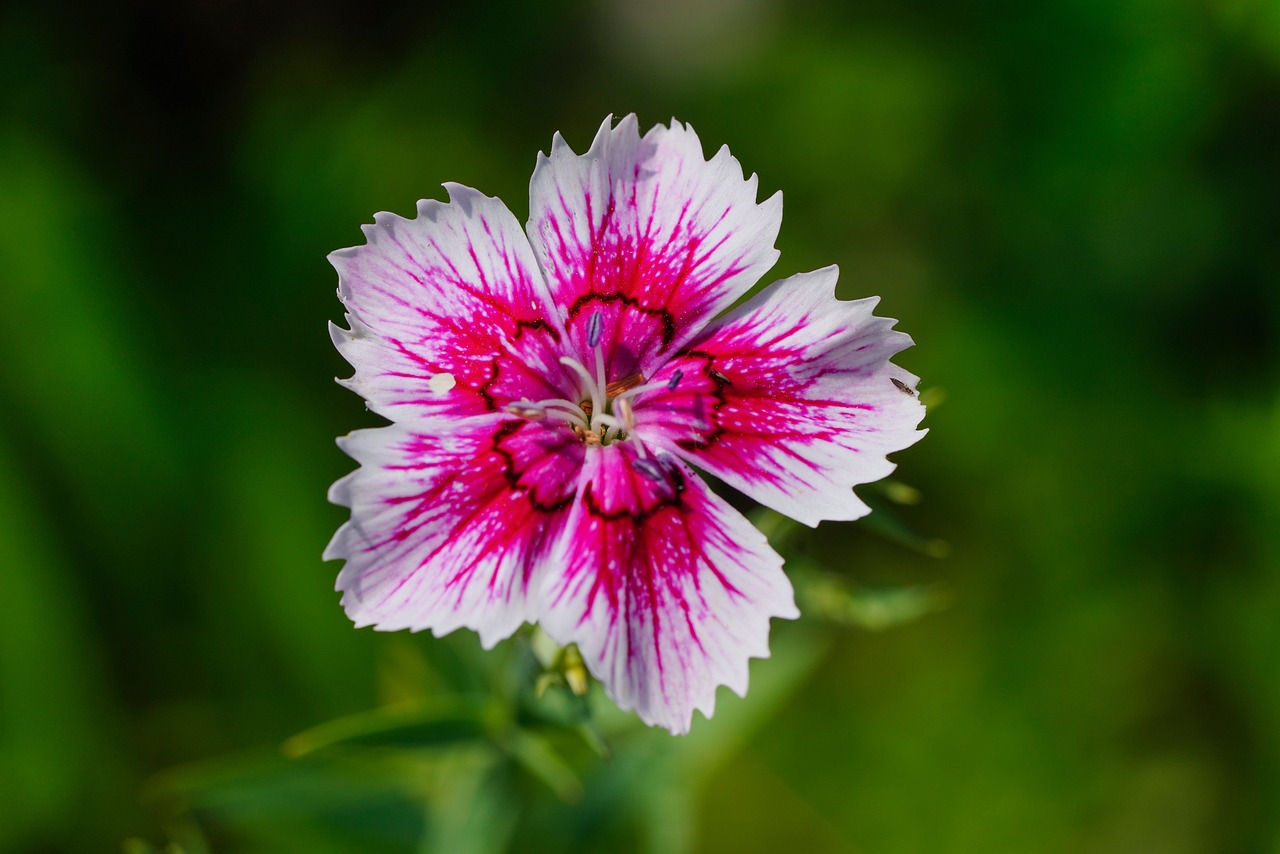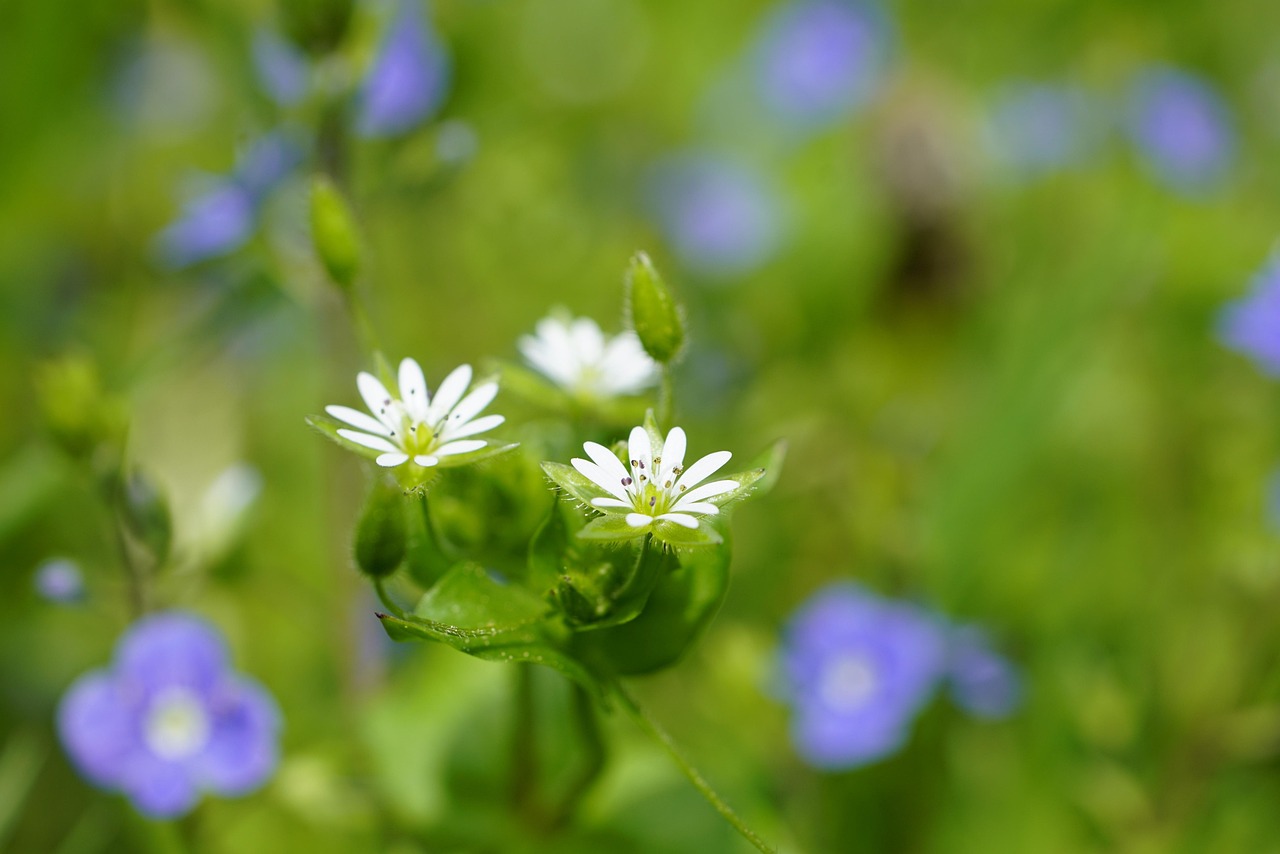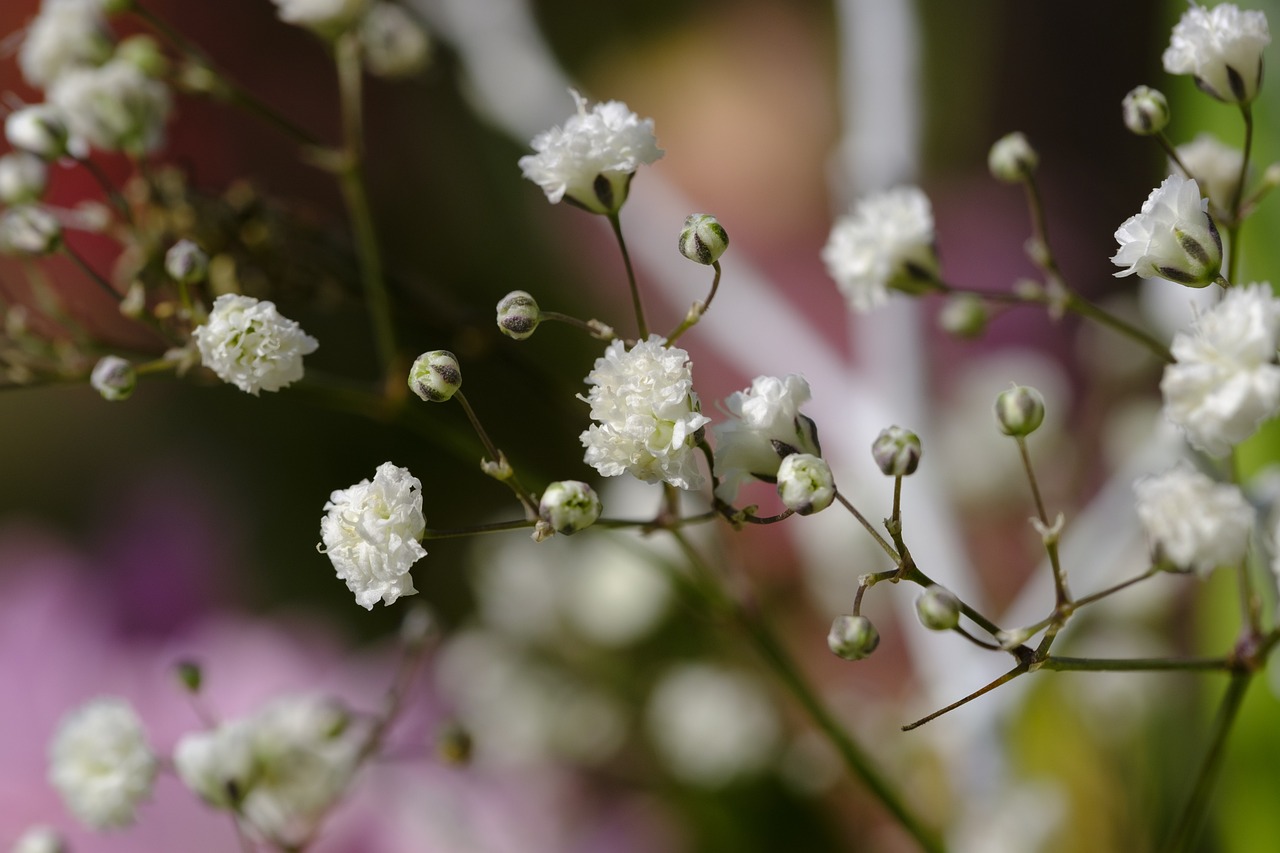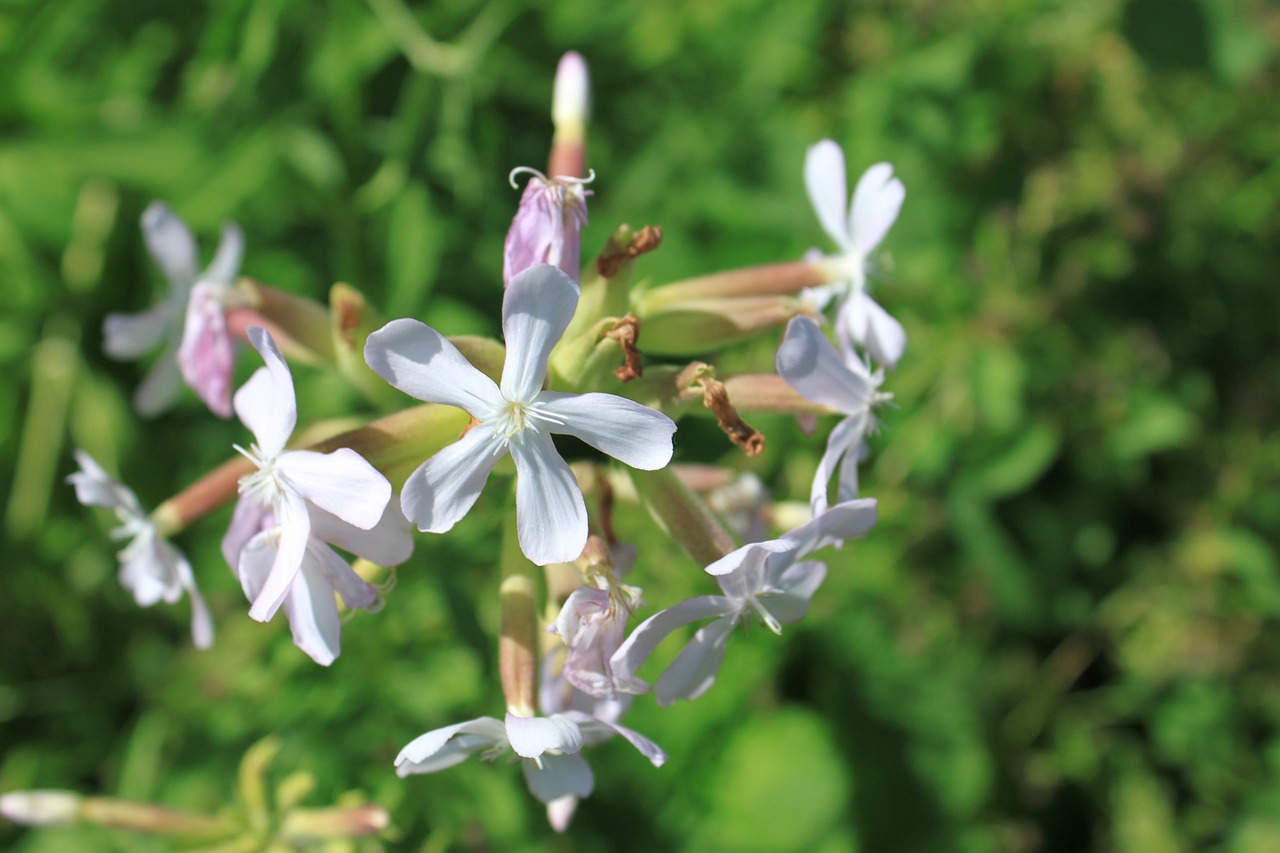Awauki-hakobe | A Delicate White Flower Blooming Like Spring Snow
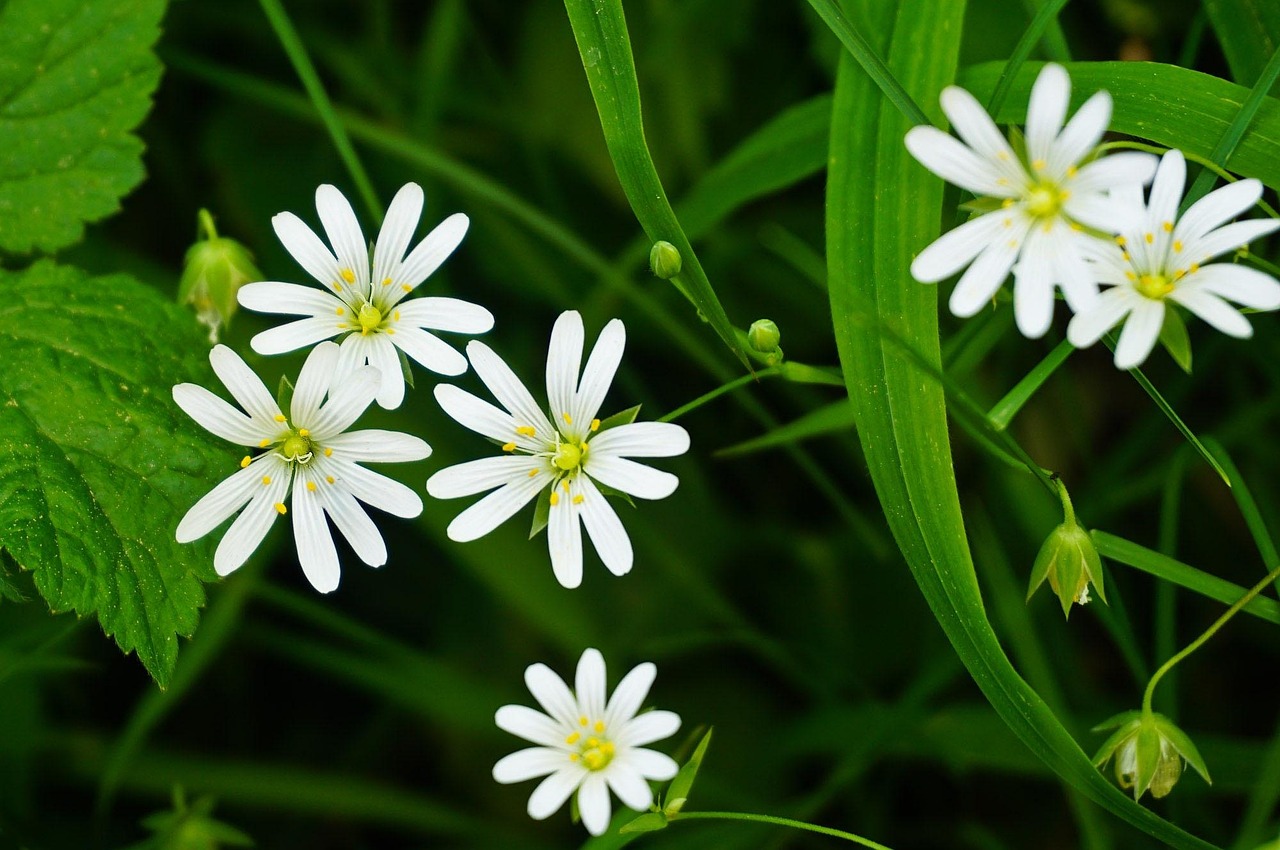
Awauki Hakobe (Stellaria holostea) is a perennial plant with delicate white flowers and slender leaves, adorning meadows and woodland edges from spring to early summer.
As its name suggests, the fragile and pure blossoms resemble light spring snow. This plant has long been cherished in England and throughout Europe.
In this article, I will introduce the essential information, cultural and historical background, and gardening advice for growing Awauki Hakobe.
Basic Information
- Scientific Name: Stellaria holostea
- Family: Caryophyllaceae
- Origin: Europe
- Appearance: Growing 30–50 cm tall, it produces numerous white, star-shaped flowers in spring. Its narrow, opposite leaves and slightly angular stems create a graceful impression. In clusters, it forms a breathtaking carpet of white.
- Blooming Season: April–June
Cultural Significance Around the World
In Europe, especially in England, Germany, and France, Awauki Hakobe naturally blends into rural landscapes and often appears in poetry and paintings.
In England, it is known as “Greater Stitchwort.” Appearing in folklore and legends, the flower is associated with spring fairies dancing quietly among the fields.
In France and Germany, it has been valued as a herald of spring, symbolizing purity, harmony with nature, and the gentle passage of seasons.
Thus, Awauki Hakobe has been deeply rooted in people’s lives and culture for centuries.
Historical Background
Awauki Hakobe has long grown wild along European meadows and woodland edges, closely tied to agrarian society.
In medieval England, it was used to decorate spring festivals and outdoor ceremonies, embodying the renewal of the seasons.
During the 19th century, when botanical art flourished, its refined and symmetrical flowers became a favorite subject of plant illustrations.
In Victorian England, it also appeared in gardens and literature, representing the beauty of nature.
Gardening Advice
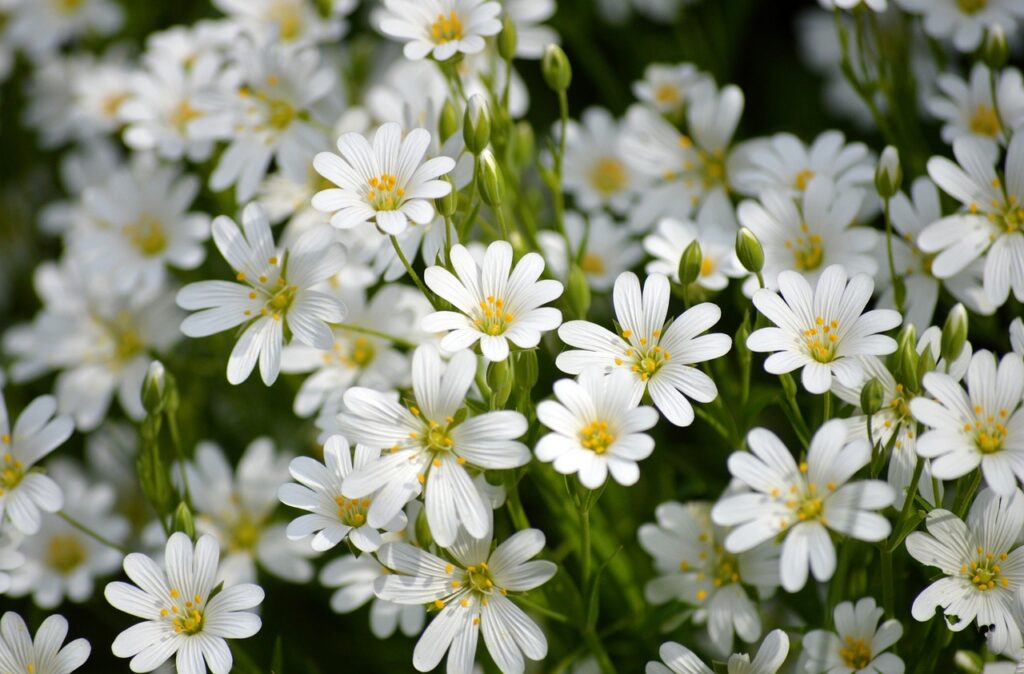
Awauki Hakobe is a charming plant well-suited to rock gardens and natural-style landscapes.
Light
Prefers partial shade to full sun. Avoid locations with harsh direct sunlight.
Watering
Keep soil moderately moist. Little watering is needed when planted in the ground, but potted plants should be watered when the soil surface dries.
Soil
Well-drained, slightly moist soil is ideal. Adding leaf mold enhances growth.
Fertilizer
Minimal fertilizer is sufficient. A small amount of slow-release fertilizer in early spring is enough.
Pruning
Light trimming after flowering improves shape and air circulation. Thin out if the plant becomes too dense.
Hardiness
Highly cold-resistant, withstanding winter and even snow without major protection.
Conclusion
Awauki Hakobe is a perennial that quietly blooms in spring meadows, its white flowers symbolizing purity and seasonal change.
Cherished in England and France as a sign of spring, it has also appeared in medieval rituals and botanical art.
With its graceful presence, Awauki Hakobe continues to be loved as a garden plant that gently conveys the passage of time and the beauty of nature.

